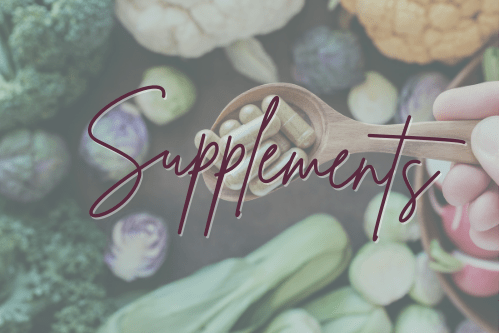It’s that time of year…when my body begins to crave warmer foods. Temperatures are dropping, and it takes an extra layer to keep my core warm.
Drinking warm beverages is one way I nourish myself during this fall transition, and few things are more comforting than wrapping my hands around a warm mug of tea on a chilly day.
There are several spices that warm the body, too. One that has resurfaced in the nutrition world is turmeric, also known as “Indian saffron.” With fall in the air, now is the perfect time to start incorporating this warming spice into your diet.
Turmeric, a member of the Zingiberaceae (ginger) family, is a perennial plant native to Southeast Asia. Fresh turmeric looks similar to fresh ginger but is both darker and brighter in color, less fibrous, and easier to chew. Strongly flavored and rich in color, turmeric has a long history of medicinal use and is used as a dye for clothing and thread.
Turmeric’s unique combination of sweet, nutty bitterness makes it good for the digestive system, especially for the breakdown of fats and proteins. It does this by stimulating the gallbladder to release bile.
Turmeric is also known for its potent antioxidant and anti-inflammatory properties. As a result, it is often used for conditions such as arthritis, asthma, gastritis, high cholesterol, and nausea. Its use has been linked to improved brain function, too, including the prevention and treatment of Alzheimer’s disease and depression.
Curcumin is the main active ingredient in turmeric. Because curcumin is not readily absorbed on its own, it is best to combine turmeric with black pepper. The piperine in black pepper enhances curcumin absorption many times over. To get the full benefit of curcumin, which is a fat-soluble compound, consume it with healthful fats such as coconut oil, coconut milk, avocado, olives, olive oil, and nuts.
I like adding a dash of dried turmeric to soups, sauces, hummus, and when creating a seasoning blend for chicken or turkey. Perfect, as Thanksgiving is just around the corner! But this time of year, my all-time favorite use is making turmeric paste. Turmeric paste can be used to spice up mayonnaise, yogurt, rice, and other cooked grains…even nut butters. A small amount can be blended into almost any dish or used to create my new favorite…Golden Milk.
Here’s my basic turmeric paste recipe.
Turmeric Paste
1/3 cup filtered water
1/8 cup turmeric powder
1/2 inch piece of freshly grated ginger
1 tsp ground cinnamon
1/2 tsp ground black pepper
1 tsp coconut oil
Dash of nutmeg
Bring the water to a boil. Add remaining ingredients and stir over medium-low heat for 3-4 minutes. Add a splash of water if the paste gets too thick. Store in a glass jar in the refrigerator. The paste will keep for a couple of weeks.
To make Golden Milk, gently heat 1 cup of your favorite milk. Whisk in 1 tsp turmeric paste. Sweetening with honey is optional.

For a soothing tea, stir 1 tsp turmeric paste into a mug of hot water. Again, sweetening with honey is optional.
Drinking Golden Milk or turmeric tea shortly before bedtime promotes deep, restful sleep. It does this by calming your digestive system, supporting your liver during its nighttime detox cycle, and leveling out blood sugar… all necessary aspects of quality sleep. The result? Waking in the morning feeling refreshed.
Here’s to your health and vitality!






